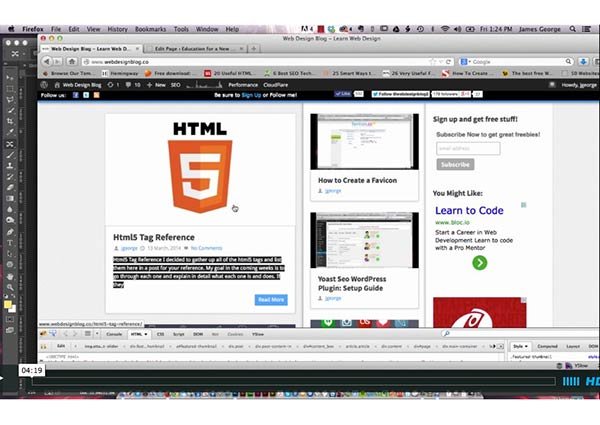Html5 Explained
It is important to understand the different arts that make up html5. The evolution of html has the goal of making things easier and building a website using more semantic terms. Instead of divs of any chosen name, which can be ambiguous as to what the content is, html5 has certain tags, depending on the content is within. That’s where tags like article, aside and section have come into play. These tags are meant to make it easier for browsers to understand the content that is contained within a portion of a website. However, humans, like you and I, don’t always think and speak along the same lines as a computer does. Many people are confused as to which tag goes where, and what it is supposed to represent. In the video below, I talk about articles, sections and asides in html5 and the types of things that you’d find in each one.
Article
An article would be a tag that you would use to describe a section of html where a blog post of a story might be written. This section could include both text and images, and would be considered the main content of your website.
Aside
An aside is a section off the the side of your main content. It may be the sidebar on a blog, or it might be an area where you place pull quotes or an ad next to the main content.
Section
A section is basically an area of your website. A section could be the excerpt of a blog post. it could contain text, images and a link to the full article. You could have sections all over your website. You could have a section in the header of your site, a section in the content area, a section in the aside, and even a section in your footer.


